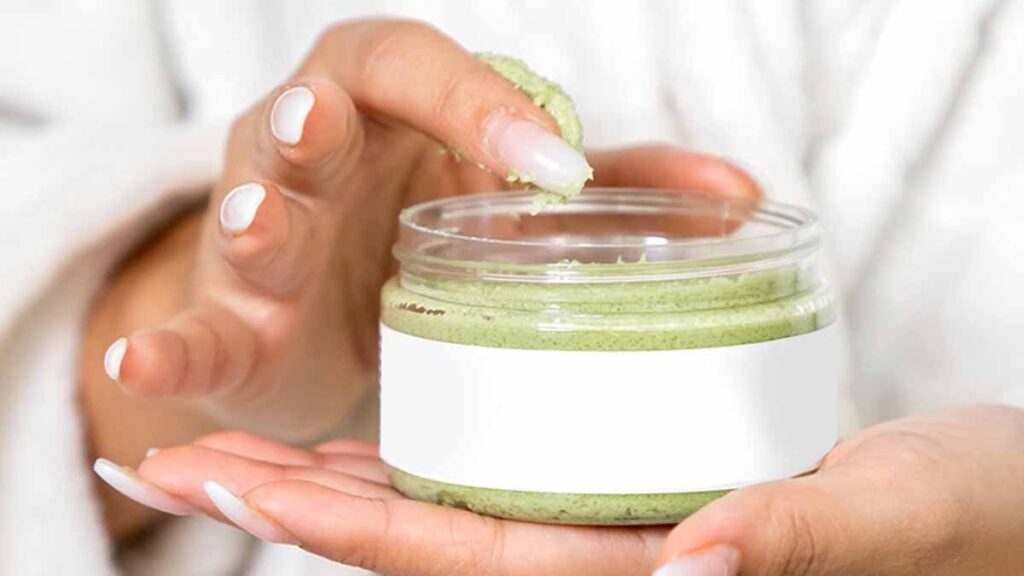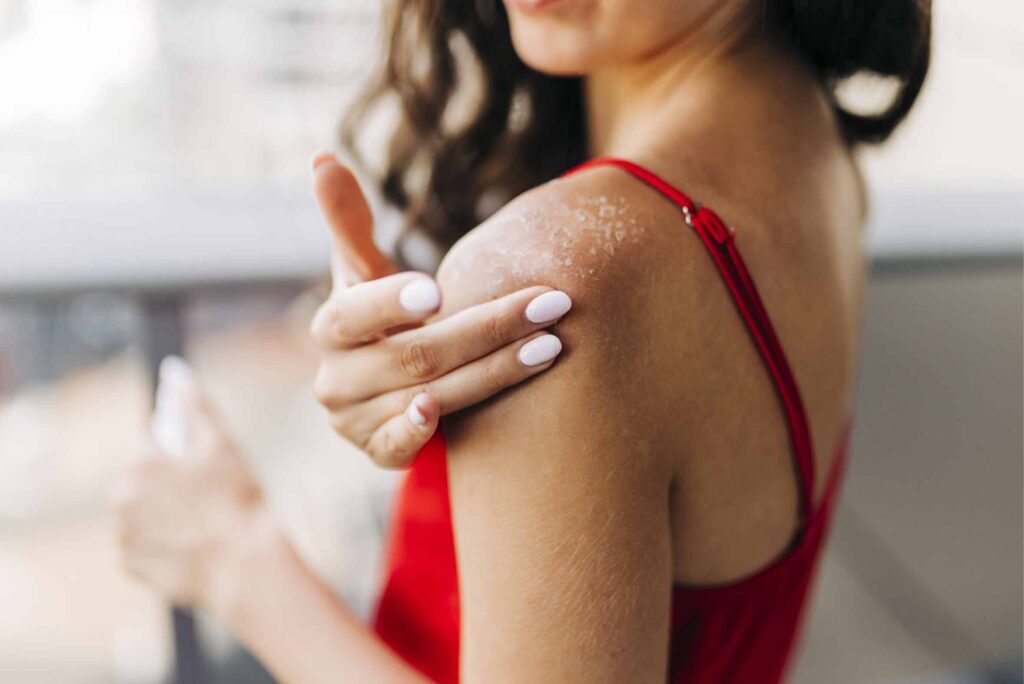
Combination of Cleanser and Scrub: The Perfect Duo for Healthy Skin
The Role of a Scrub A scrub plays a different but equally important role. While a cleanser removes surface-level dirt,

The human body is amazing. One of its most fascinating features is the skin. Our skin protects us, helps us feel the world, and plays a big role in our health. But what happens when the skin gets hurt? Does it heal? Does the outer layer grow back?
The short answer is yes, the outer layer of skin can grow back. But there’s more to it than that. Let’s explore how the skin works, how it heals, and what you can do to help it recover faster and healthier.
The outer layer of the skin is called the epidermis. It is the top part you can see and touch. The epidermis acts like a shield. It protects the inside of your body from dirt, bacteria, sun, and other dangers.
This layer is very thin, but it has several parts. The top part of the epidermis is made up of dead skin cells. These cells are always falling off and being replaced. Underneath that are living cells that work to keep your skin strong and healthy.
To understand how skin grows back, it helps to know its basic structure. The skin has three main layers:
When we talk about the skin growing back, we usually mean the epidermis, though deeper damage can also heal, but more slowly.
When the outer layer of skin gets damaged — like from a cut, scrape, or burn — the body starts a process to repair it. Healing the skin is a natural process. It happens in four stages:
As soon as the skin is hurt, blood comes to the area. Platelets in the blood stick together to form a clot. This stops the bleeding and creates a scab.
White blood cells move in to fight any bacteria and remove dead cells. This is when the area may look red, swollen, or feel warm.
New skin cells start to grow. They come from the lower parts of the epidermis. These new cells move up to replace the ones that were lost.
The final stage helps the new skin get stronger and more like the skin before the injury. This can take weeks or even months, depending on the wound.
In most cases, yes, the epidermis grows back. If the damage is only on the surface, your body replaces the skin fairly quickly. Small cuts and scrapes may heal in just a few days.
But the ability of skin to grow back depends on a few things:
If the deeper layers like the dermis are badly damaged, it may take longer, and the skin may not grow back exactly the same. Scars may form if the injury is severe.
The time it takes for the outer skin to grow back depends on how deep the injury is.
As the skin heals, new cells slowly replace the damaged ones. These new cells come from the base of the epidermis and push upward to form the new outer layer.
Yes. If you’ve ever had a sunburn, you may have noticed your skin peeling. This is your body removing damaged skin cells. The good news is that new skin is already forming underneath.
Blisters also show that the skin is healing. The fluid inside the blister protects the new skin growing underneath. Once the blister dries or pops, the new layer of skin is usually already there.
If the burn or cut is very deep, the healing process is more complex. In these cases, the dermis or even the hypodermis may be damaged. When this happens:
In some cases, doctors may need to help with skin grafts or special treatments to assist the healing process.
Not always. Skin that grows back may:
This depends on how deep the damage was. If only the epidermis was hurt, the new skin usually looks and feels the same. But if the dermis was damaged, the new skin may be different.
Your skin can heal on its own, but you can help it heal faster and better. Here’s how:
Gently wash the area with mild soap and water. This removes dirt and bacteria that can slow healing.
Use a gentle, fragrance-free moisturizer or healing ointment. Keeping the skin moist helps the new cells move up and form a new layer.
It might be tempting, but scabs protect new skin. Picking can cause scars and slow healing.
Protein, vitamins A, C, and E help your skin rebuild. Drink plenty of water too.
Healing skin is sensitive. UV rays can cause damage or discoloration. Use sunscreen or cover the area.
Yes, you can protect your skin and reduce the risk of injury by:
Healthy skin is more likely to heal well and look good as it grows back.
Once your skin heals, it still needs care. Newly healed skin can be sensitive and more prone to damage. Here are some ways to protect and strengthen it:
Good skincare habits keep your new skin healthy and glowing.
Yes, the right skincare products can support skin healing. Products with ingredients like:
These ingredients help the skin repair itself faster and reduce the risk of scarring. Always choose gentle, fragrance-free products for healing skin.
In most cases, the skin heals on its own. But sometimes you need medical help. You should see a doctor if:
Doctors can offer special treatments like antibiotics, wound care, or even skin grafts if needed.
The outer layer of skin is always renewing itself. Even when it gets damaged, the body works hard to repair it. As long as the wound is not too deep, the epidermis can grow back completely.
Taking good care of your skin and supporting its healing process makes a big difference. The better you care for your skin, the faster and cleaner it can grow back.
Your skin deserves the best care during healing and every day after. Jasyn Michael Skincare offers a range of high-quality skincare products that nourish your skin, support healing, and keep it looking and feeling healthy. Whether you’re dealing with healing skin or just want a glow-up, Jasyn Michael Skincare is here to help you love your skin every day.

The Role of a Scrub A scrub plays a different but equally important role. While a cleanser removes surface-level dirt,

Why Skincare Matters Your skin is the largest organ of your body. It protects you from pollution, sun damage, dirt,

Building the Habit of Daily Skincare The biggest mistake people make is thinking skincare has to be complex. In reality,

Why Do Blackheads Appear? Blackheads appear due to multiple reasons. The most common factor is the overproduction of oil by